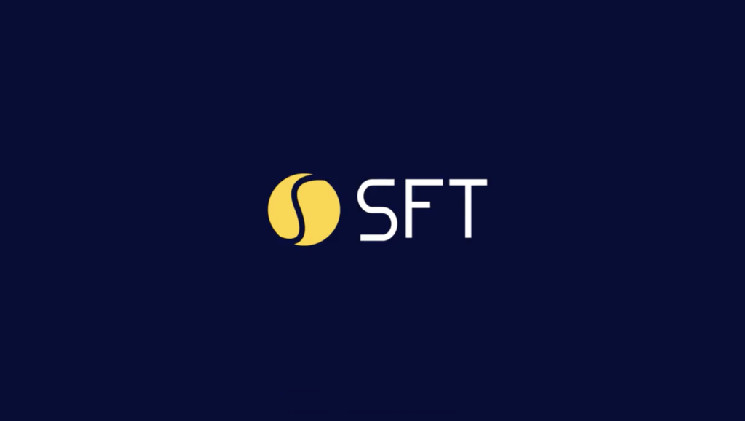In the DeFi market, innovation and adaptability are the main components of a protocol. SFT Protocol, a leading name in the liquid staking derivatives (LSD) sector, has recently launched its rSPD token on the Binance Smart Chain (BSC), marking a pivotal point in its ongoing journey. But what sets rSPD apart? It’s not just a token; it’s a versatile tool with powerful utilities that brings new ways to engage, contribute, and be rewarded.
SFT Protocol Unveils Features Of rSPD Token
rSPD is more than just a new token; it’s an integral aspect of SFT Protocol, specifically designed to function as a unique form of value for event rewards, promotions, airdrops, and more. It provides a seamless 1:1 conversion to SPD in the future.
Before the SPD mainnet goes live, users will have the ability to exchange rSPD for SPD at a 1:1 ratio, following which the exchanged rSPD will be burned. This transformed SPD can then be used for an array of financial activities on the mainnet.
In recent developments surrounding the rSPD token, there are exciting utilities and acquisition methods unveiled by the SFT protocol. Firstly, rSPD is making significant advancements in the payment sector.
Users can now use rSPD to access equipment in data centers, paving the way for mining endeavors involving popular digital currencies, notably Ironfish and ALEO. Furthermore, rSPD is enhancing its repertoire as a medium of computational payment. Users can capitalize on this by acquiring computational packages, such as $FIL and Spacemesh, and in return, they’ll obtain corresponding tokens from a diverse range of public chains.
Turning the attention to acquiring this versatile token, there are a few avenues to explore. One of the primary ways is through active community engagement. By participating in a slew of community-centric activities, including but not limited to, official giveaways, testing rewards, and AMAs, enthusiasts can earn rSPD.
For those with a network and influence, the Ambassador program is presented by the protocol. By referring others to stake, ambassadors can reap immediate rSPD rewards, contingent upon the volume staked by their referrals. Moreover, to bring a welcoming environment for newcomers, a special bonus is dedicated to first-time stakers.
SFT Protocol Simplifies LSD Structures On Computational Blockchains
Staking in the DeFi ecosystem is similar to the traditional concept of fixed deposits but with a twist. By staking tokens, users support network security, validate transactions, and earn rewards. It’s an enticing way to grow assets. But there’s a catch: staked tokens often become illiquid for the duration they’re staked. This means they can’t be sold, traded, or used in other DeFi applications.
Hence, the loss of liquidity can be a significant limitation, preventing users from capitalizing on timely opportunities or addressing urgent needs. This is where the SFT protocol brings innovative solutions.
The SFT protocol operates on a foundation of Substrate architecture, cross-chain communication, and a modular underlying application public chain. Its main mission is to tackle the problem of assets that get locked up due to long-term staking and then can’t move around as needed. Notable examples include FIL, DOT, and ETH2.0.
With the launch of projects like FIL, Cosmos, and Polkadot, the tension between TokenStake security and token liquidity has grown apparent. To address this, there’s an urgent need for a public chain asset that can unlock tokens locked in long-term stakes. SFT Protocol provides a decentralized solution for the free circulation of these locked assets.
As the SFT Protocol supports foundational public chains like Filecoin, it’s also establishing essential infrastructure. This foundation will serve as a hub for the cloud node API interface, offering a range of cloud services essential for building the future Web3 and Metaverse. This adaptable structure aims to meet various customer needs seamlessly.

